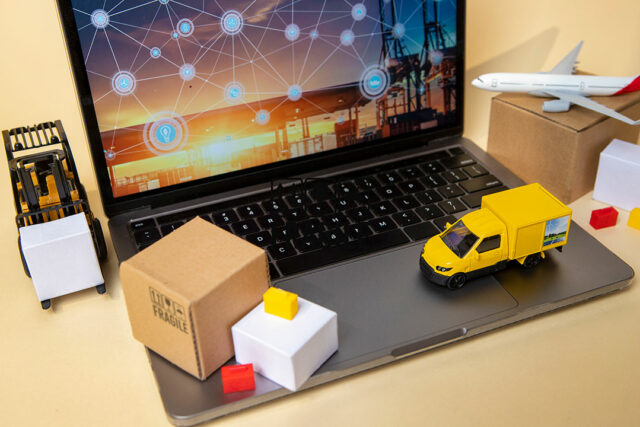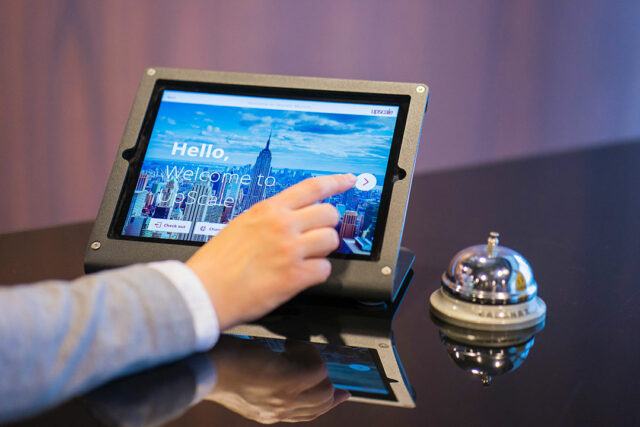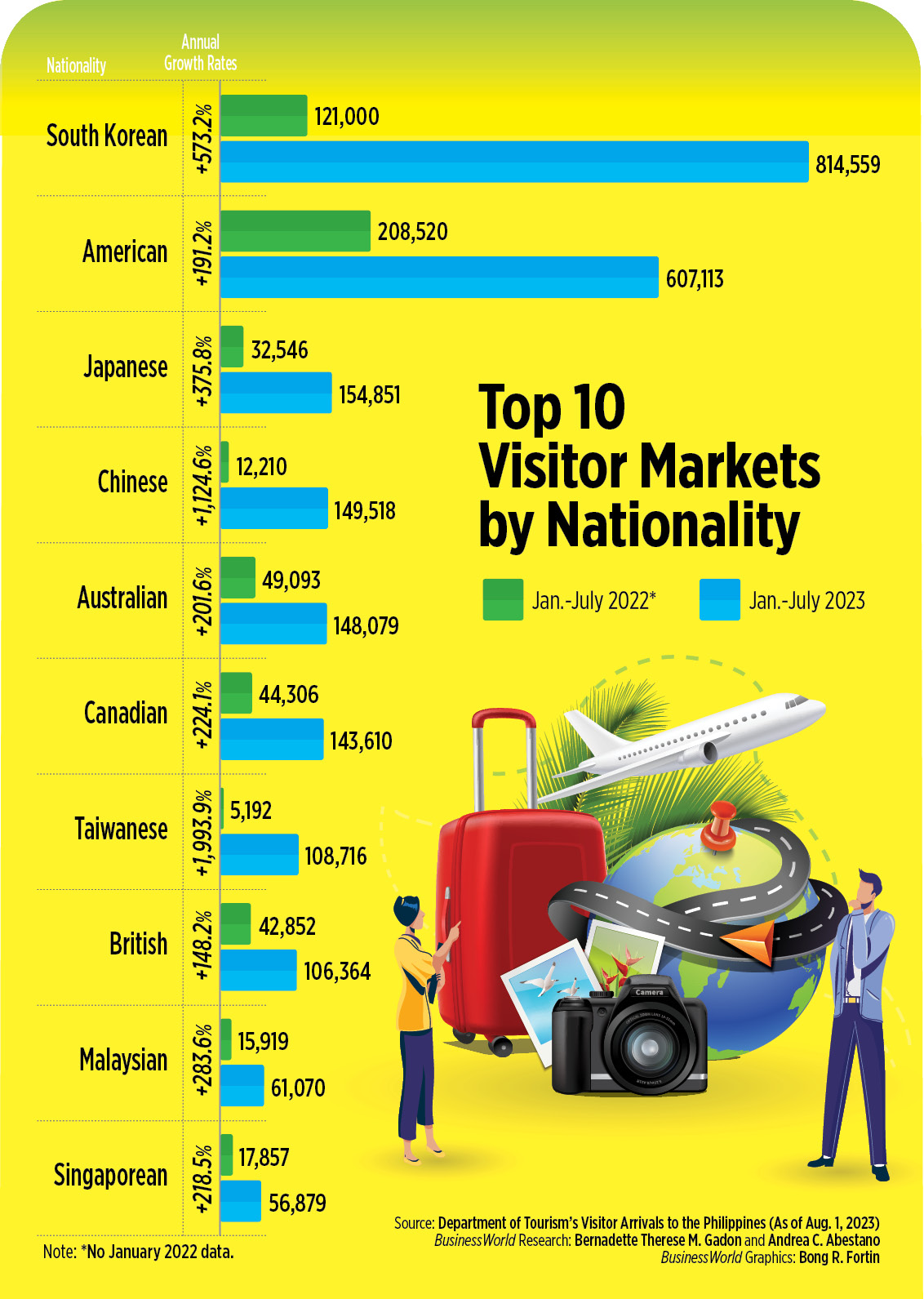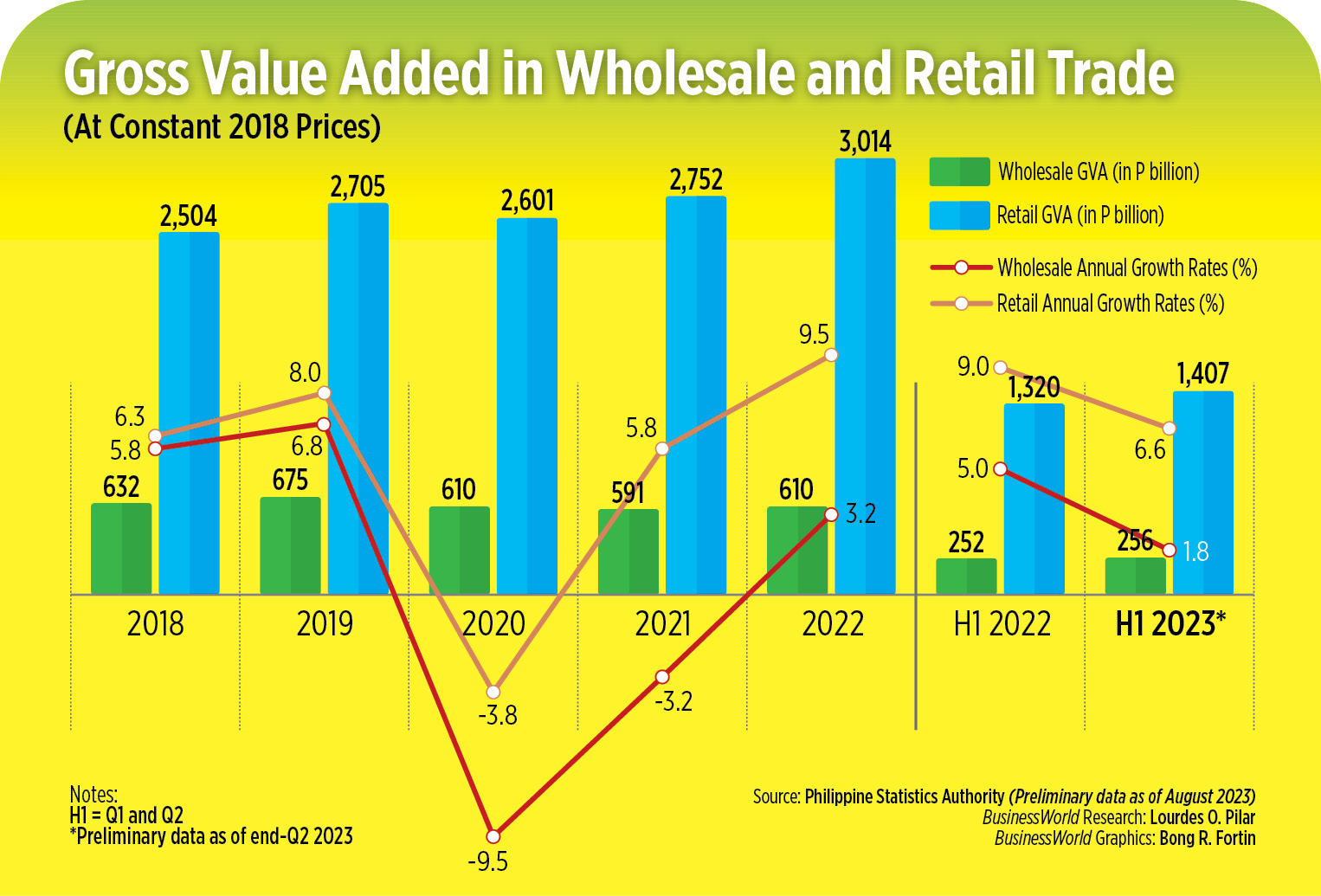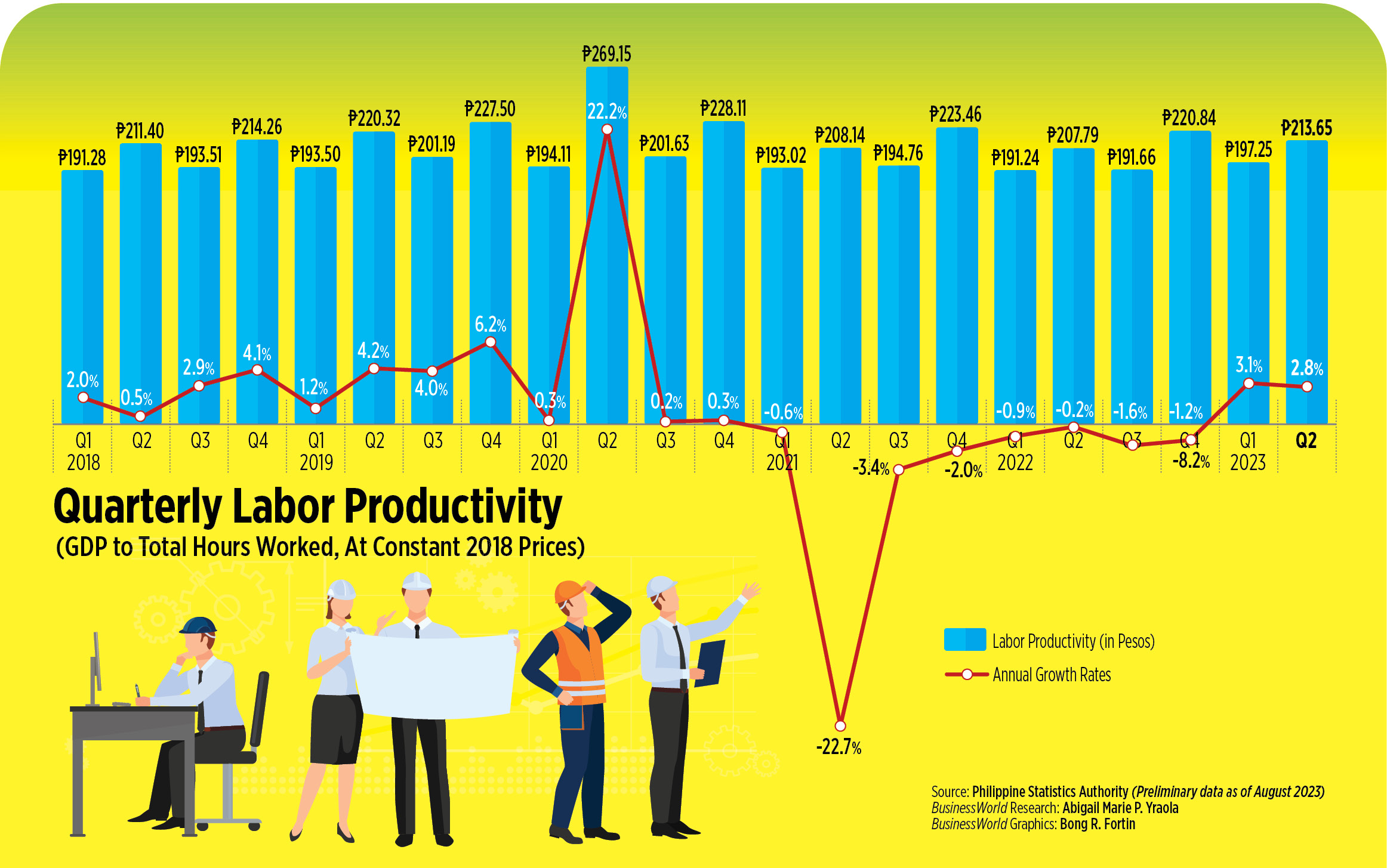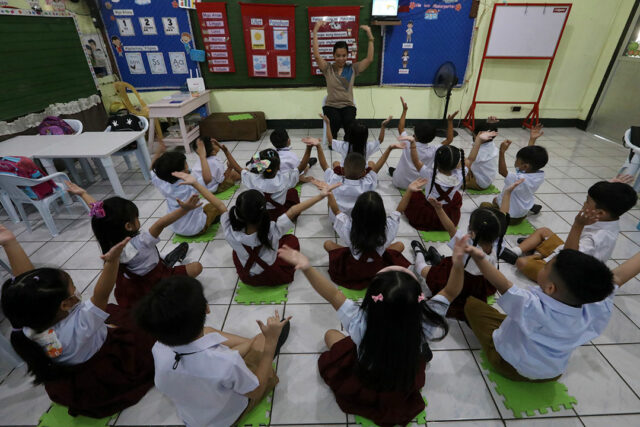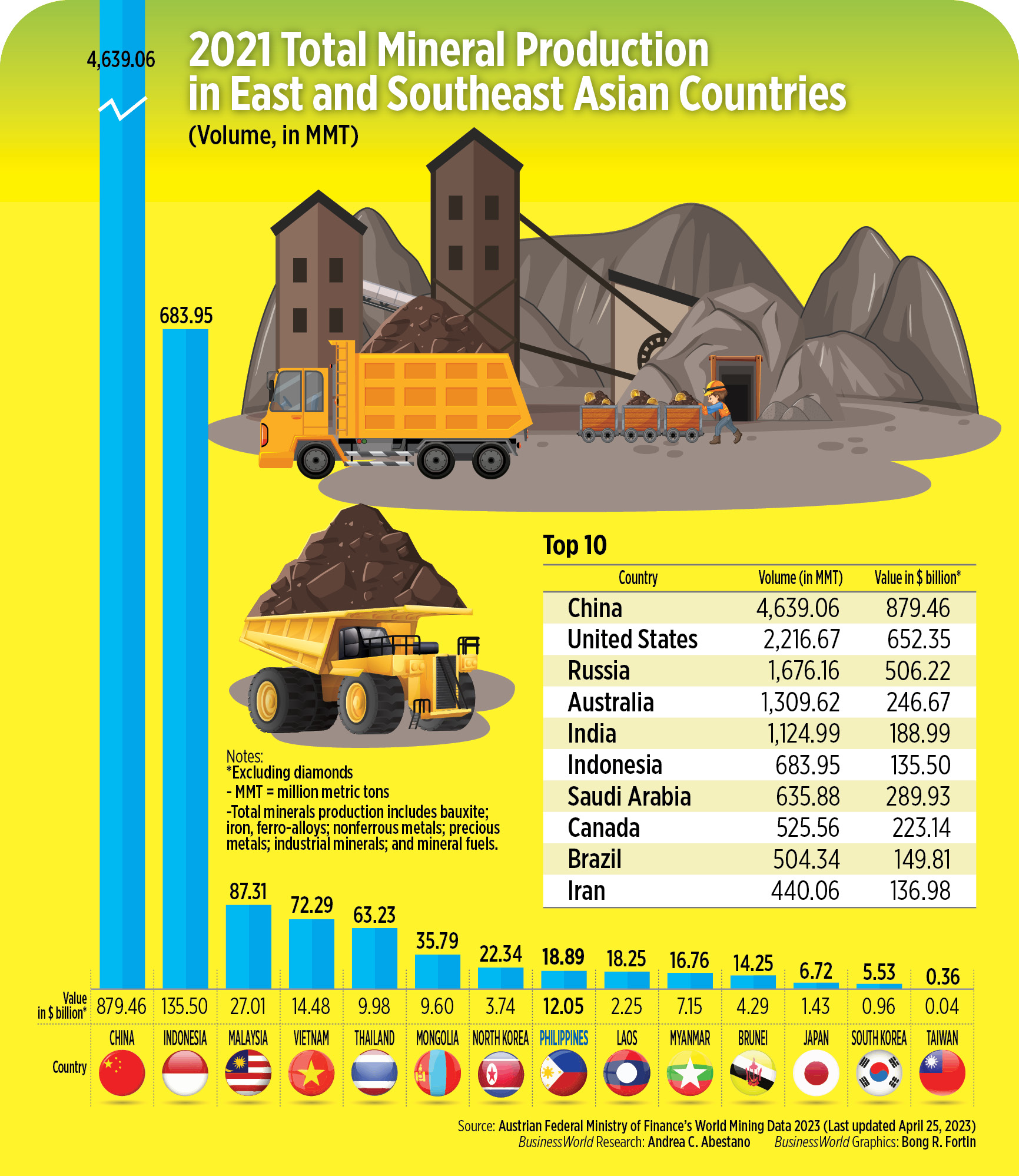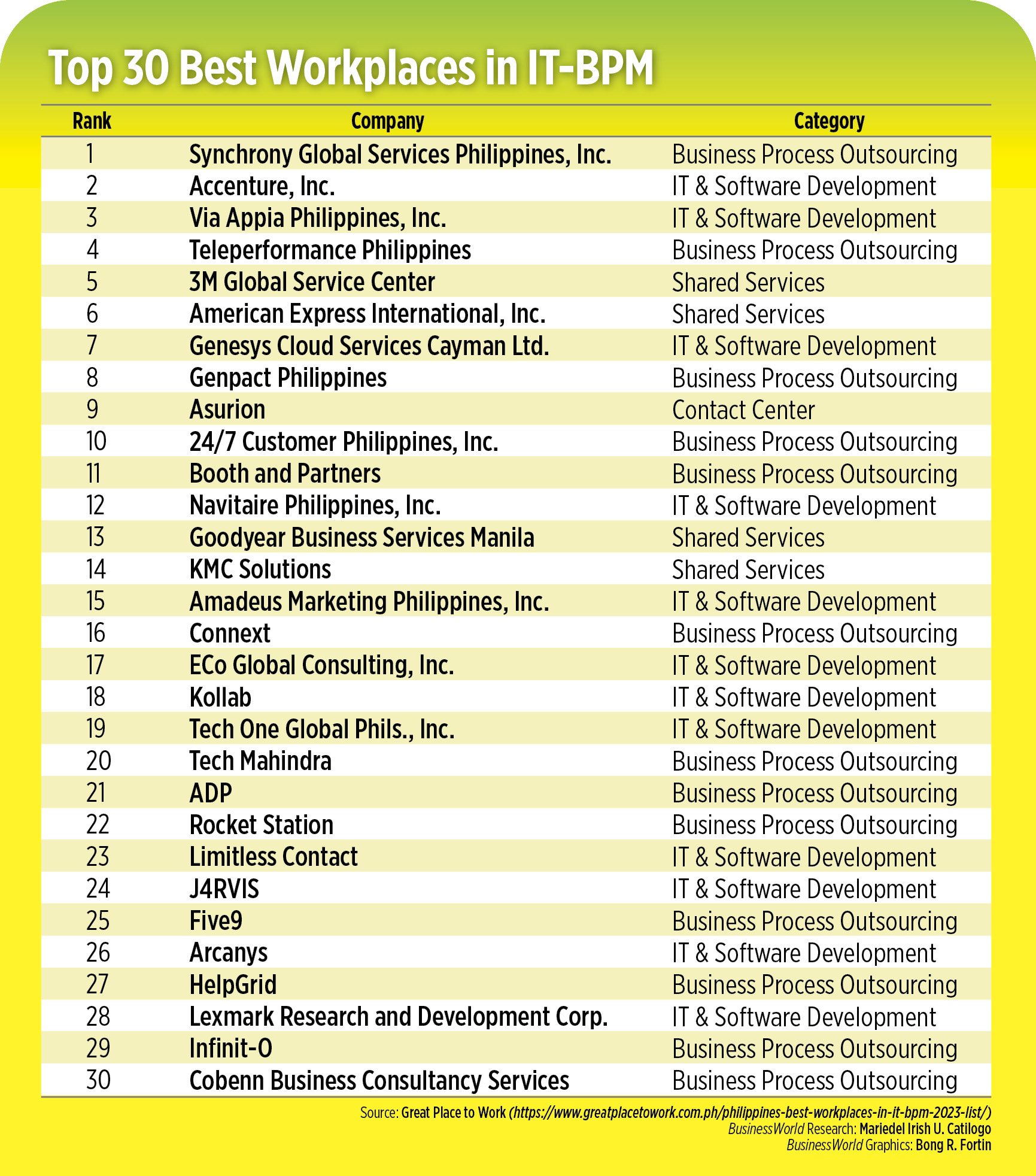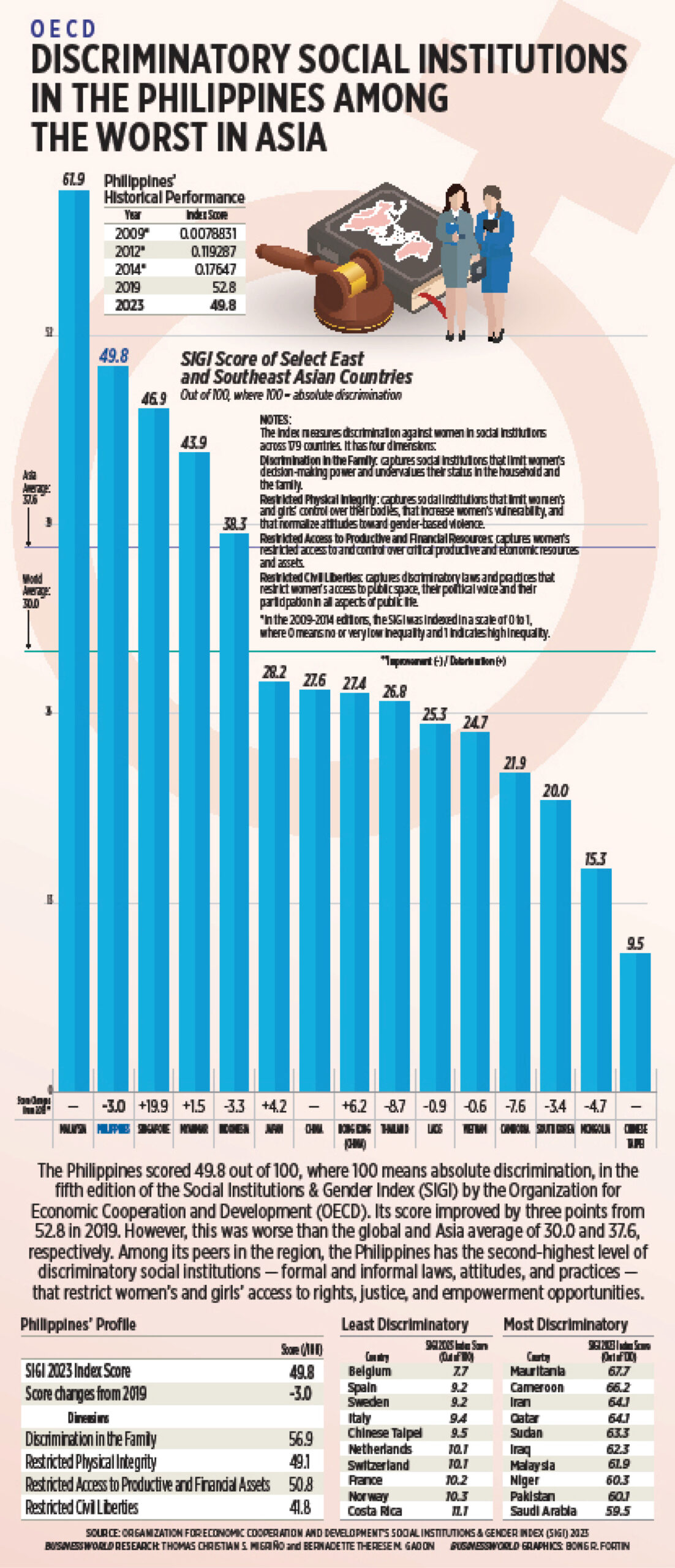Listed companies consider ESG
COMPANIES are expected to pursue more environmental, social, and governance (ESG) initiatives amid rising climate risks and as the Philippines continues to recover from the coronavirus pandemic.
More firms are integrating ESG principles into their operations, said Roderick de Castro, executive director for the Business for Sustainable Development.
“What prompted this is the global call for a worldwide approach to climate change, the pandemic, and regulators adopting an ESG framework for due diligence and audit,” Mr. De Castro said in an e-mail.
The coronavirus pandemic showed companies how they can improve the social aspect of their operations, he added.
“The pandemic also revealed issues related to gender equality and livelihood programs which companies could further improve on,” he said.
For its part, Aboitiz Equity Ventures, Inc. (AEV) said in its 2022 annual report that it would be focusing on improving its sustainability initiatives through risk assessment and strategy development.
The company has businesses in power generation, distribution and retail electricity supply, financial services, food manufacturing, real estate, and infrastructure.
“As the COVID-19 pandemic risks began to be managed, other risks emerged that shaped the global landscape, including geopolitical tensions that led to soaring inflation and supply chain disruptions. These underscored the importance of a commitment to sustainable business practices,” Ana Margarita N. Hontiveros-Malvar, AEV first vice-president and chief reputation and sustainability officer, said in an e-mail.
“Aboitiz has made strides in making a robust process of group-wide business environmental scanning and scenario planning for risks and opportunities,” she added.
The company is also using data science and artificial intelligence to improve its operational efficiency and reduce carbon emissions by approximately 35,000 tons of carbon dioxide equivalent, she said.
One of AEV’s environmental initiatives is the implementation conservation efforts by preserving water in its communities through watersheds and rehabilitated rivers and estuaries, she said.
The company also spent P521 million to plant 12.44 million trees in 2022, she added.
“The workflows adopted have been designed to keep people at the center of our initiatives, with environmental initiatives balanced to meet long-term social equitability,” Ms. Hontiveros-Malvar said.
AEV also came up with supply chain management strategies for its core businesses.
“ESG risks critical to the supply chain are being reviewed based on supplier compliance requirements that may vary depending on the industry sector where our strategic business units belong,” the company said in the report.
Meanwhile, Filinvest Development Corp., which has businesses in banking, utilities, real estate, and infrastructure, has invested in digitalization, as well as sustainable designs and building practices by creating “people-centric and nature-sensitive” spaces with water security solutions, Filinvest Chief Sustainability Officer Mark Tom Q. Mulingbayan said in an e-mail.
“We strive to operate our business with careful thought about our impact on the Filipino customer and community. Our focus is to strike a balance between serving our customers’ needs and aspirations and supporting local economic development, while being mindful of the environment,” he added.
According to the company’s 2022 sustainability report, it has identified “green, inclusive, and resilient” action areas.
One of Filinvest’s green initiatives is to include energy, water, and resource efficiency in the designs of its buildings and townships.
The company has also committed to allocating at least 60% of its projects for open spaces, with parks and natural waterways integrated into the designs.
“The Filinvest group pushes the envelope to being resilient as part of its strategy to ensure long-term ability to generate value, which defines sustainability,” the company said.
“We believe in continuous improvement and adaptation to remain competitive in the corporate ESG space. A significant step towards maintaining this mindset is enhancing our sustainability disclosures. Sharing our environmental, social, and governance practices and achievements allow us to build trust among our stakeholders,” Mr. Mulingbayan added.
However, Sustainable Fitch, a specialist ESG unit of the Fitch Solutions group, said in a report that companies tend to highlight only positive things in their sustainability reports without acknowledging the challenges that could affect their plans.
It said the Philippines remains unable to come out with clear details about its ESG and decarbonization strategies.
“A large swathe of people in the Philippines live in poverty and depend on brown-industry jobs to survive, with effective strategies being critical to helping these groups keep up with transition efforts,” the report said.
Business for Sustainable Development’s Mr. De Castro said conglomerates “have enough resources for ESG-related activities as they have economies of scale.”
“Other than that, transformation and change will be difficult because of diversity of interests. Add on to that the existing mental models of leaders and the organization that has to transform as well,” he added.
Regulators like the Securities and Exchange Commission (SEC) have been introducing policies and guidelines that promote responsible business practices and ESG reporting among companies.
The SEC earlier said it is looking to update its sustainability reporting guidelines to make sustainability reports mandatory for listed companies. — AHH

